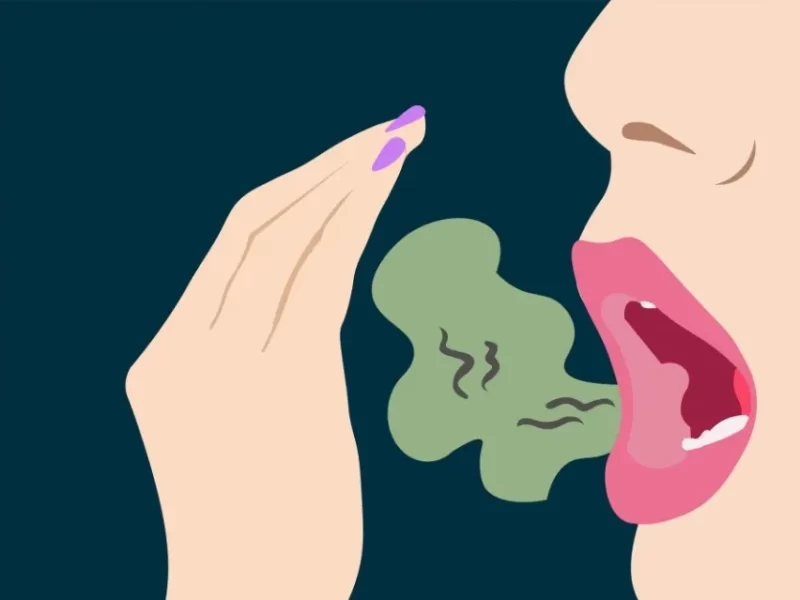This is a very common problem because of the excessive demands placed on the hands and wrists. It is brought on by pressure on the median nerve, a nerve located at the base of the hand. Learn why and how to relieve shoulder pain from carpal tunnel syndrome by reading the article.
Carpal Tunnel Syndrome
Pressure on the nerve that runs along the base of the hand’s palm is what causes carpal tunnel syndrome. The term “median nerve” is used in medicine to describe this.
On the side of the palm, the wrist contains a small area known as the carpal tunnel. It is a region that helps to protect the median nerve as well as the tendons responsible for the bending of the fingers.
The wrist and hand may become painful and weak as a result of pressure buildup in this region. Additionally, one or more fingers may experience tingling or numbness as a result.
The arm’s general functionality could suffer as a result. Additionally, a lot of people who have carpal tunnel syndrome also have severe episodes of shoulder pain.
Symptoms of Carpal Tunnel
The following are the most common symptoms of carpal tunnel syndrome. However, each person may experience symptoms in a different way. Symptoms may include:
- Difficulty gripping objects with the hand(s)
- Pain and/or numbness in the hand(s)
- “Pins and needles” feeling in the fingers
- Swollen feeling in the fingers
- Burning or tingling in the fingers, especially the thumb and the index and middle fingers
Shoulder Pain
A shoulder joint that has significantly lost its range of motion in all directions is said to be in pain. The range of motion is restricted both when the patient tries to move and when the doctor tries to fully move the joint while the patient is relaxed.
Medically speaking, adhesive capsulitis is the name given to shoulder pain.
Every age can experience this severe shoulder stiffness. Although the exact reasons are unclear, it frequently happens after a minor injury or if the shoulder has been immobile for a while. There is frequently no reason for shoulder pain.
Symptoms of Shoulder pain
- Decreased motion of the shoulder
- Pain
- Stiffness
Being unable to move your shoulder, whether on your own or with help, is the defining symptom of this condition. It grows through three stages:
- Freezing
You experience gradually increasing pain during the “freezing” stage. Your shoulder’s range of motion decreases as the pain gets worse. Normally, freezing lasts between six weeks and nine months.

- Frozen
Although stiffness persists during this stage, painful symptoms may actually get better. Activities of daily living may be very challenging for 4 to 6 months during the “frozen” stage.
- Thawing
The “thawing” stage sees a gradual improvement in shoulder motion. It usually takes between 6 months and 2 years to completely recover to normal, or close to normal, strength and motion.
What To Do About Carpal Tunnel Syndrome
Carpal tunnel syndrome can now be treated in a variety of ways, which is fortunate, especially if your shoulder pain is also caused by your carpal tunnel.
There are several ways to treat carpal tunnel syndrome, and you should consult a doctor to determine which one is best for you. Some of these include:
- Adding Vitamin B6 to the diet
- Splinting and keeping the affected wrist immobile, especially at night
- Nerve gliding, involves exercises to work the tissues around the nerves
- Manual therapy, which in its simplest terms is a fancy back massage
- Ultrasound to help the blood flow around the nerves
- Steroids or other pain management medication
- Surgery is still a treatment option for carpal tunnel syndrome, but it is no longer the only one.
Carpal tunnel syndrome may sound frightening, especially after reading the list of all the different places it can cause pain, but there are many different treatments and things you can do to get relief.
Can Carpal Tunnel Affect Your Shoulder
If you have carpal tunnel syndrome, you might be curious as to whether the pain can spread to your neck and shoulder. Since the pressure on a nerve in the wrist is what causes carpal tunnel syndrome, you cannot actually get it in your shoulder, but you can still get arm and shoulder pain.
Treatment Of Shoulder Pain
Pain in the shoulder generally gets better over time, although it may take up to 3 years.
Through physical therapy, the goal of treatment is to manage pain while regaining strength and range of motion.
More than 90% of patients get better with relatively straightforward pain-control and motion-restoration treatments. The following are a few examples of straightforward treatments:
- anti-inflammatory drugs that are not steroidal.
- Steroid injections. Your shoulder joint receives an injection of the potent anti-inflammatory drug cortisone.
- Acupuncture and physical therapy. Particular exercises will aid in regaining motion. At Spinal and Sports Care, our practitioners will prescribe an exercise program to suit your lifestyle, whether it is at a gym with a personal trainer or via a home program. Exercises for the shoulder’s flexibility or range of motion, massage, mobilization methods, and electro-physical therapies are all included in the treatment. Prior to the stretching exercises, the shoulder may occasionally be helped to loosen up with the heat.
What If I Have Surgery
Despite the fact that surgery is an option for carpal tunnel syndrome, the majority of physical therapists do not advise it. However, there are some circumstances in which a medical professional will deem surgery necessary.
If this turns out to be the case, you’ll probably be referred to us for rehabilitation therapy after your surgery. Then, in extremely rare circumstances, we might recommend that you seek surgical consultation.
You will have a post-operative physical therapy treatment plan that includes one or more of the following if surgery is performed:
- First, you will be urged to engage in exercises that aim to increase the overall strength of the muscles in the hand and wrist region. The muscles’ capacity to perform will increase as their strength in this area increases.
- You’ll be urged by your physical therapist to perform muscle-stretching carpal tunnel exercises. This contributes to maximizing the region’s overall mobility, which enhances function.
- Skin scarring is a side effect of all surgical procedures. As soon as the carpal tunnel surgery is finished, you’ll notice that a mark appears on the skin. Scar management is a part of physical therapy for carpal tunnel. By doing this, the skin is helped to maintain its suppleness and flexibility.
- Information on the correct posture and how to position the wrist will be given to you. By doing this, compression and problems like shoulder pain will be lessened.



